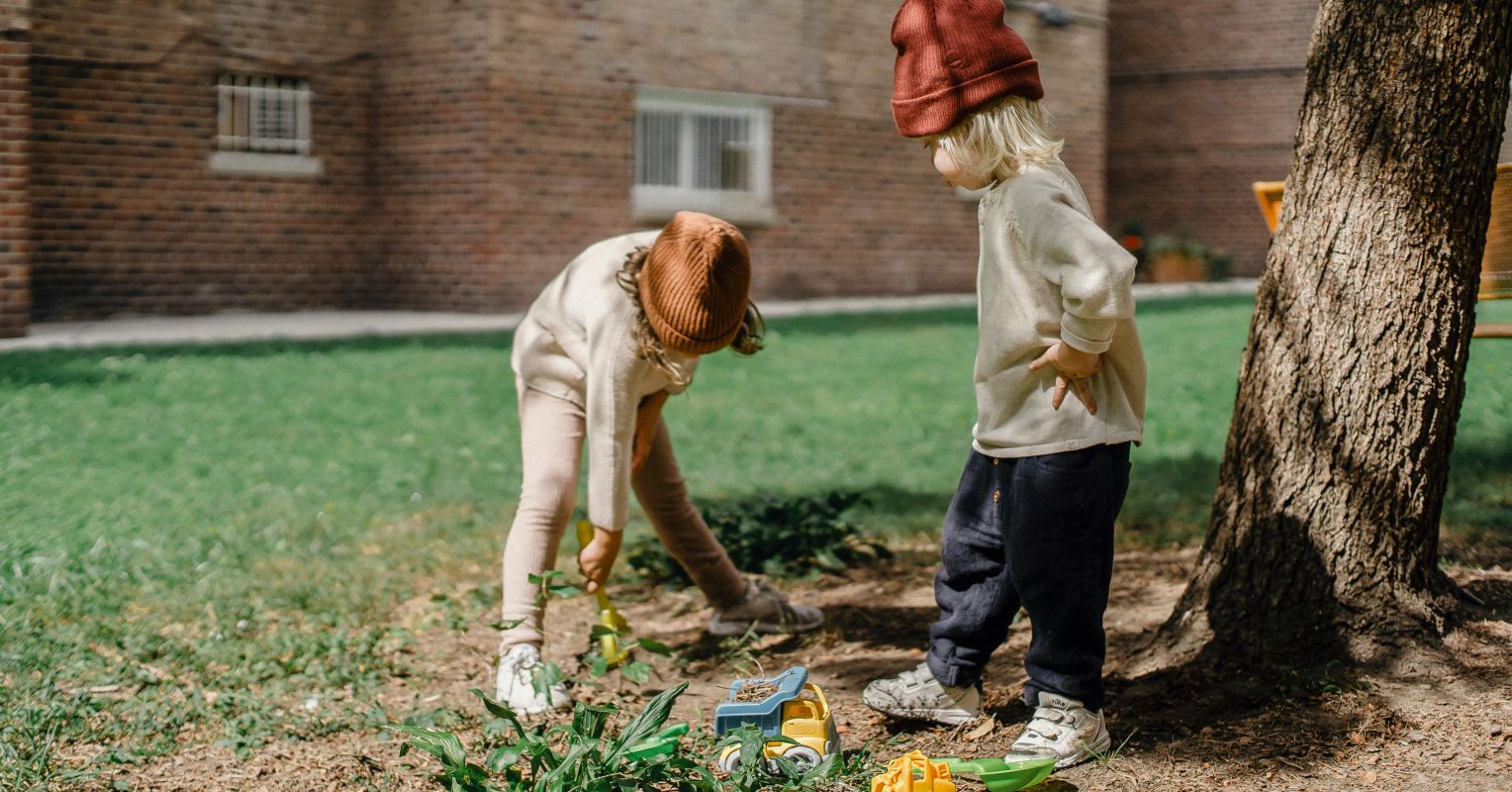
In our parent-child group a while back, a four-year-old repeatedly knocked into his one-year-old brother. He did it with a little smile and glanced at his mother every time – so we knew it was no accident!
What to do?
His mother was exhausted with telling him “NO!” every time, giving time outs, and talking to him.
We got out the puppets and I had the crocodile bite the turtle. Repeatedly. Both the older and the younger brother were fascinated. While I thought I was doing this for the four-year-old, the one-year-old picked up on it. He grabbed the crocodile and brought it over to me many times during our meeting that day. And the older brother immediately picked up a stuffed crocodile and began biting the turtle himself. After he was satisfied, he then got down on his hands and knees and began to crawl around, saying “gaagaa,” telling us how much easier it would be for him if he were a baby. We made a little nest for him with a soft blanket and his mother played it up by calling him “baby” and “protecting” him from his one-year-old brother. The four-year-old lay there contentedly until it was snack and story time and only got up at his mother’s urging.
Clearly, these two brothers were having a hard time with their angry and aggressive feelings toward one another. No doubt the older brother felt usurped by his younger sibling. He used to be the center of attention! And then his brother was. This brother took away attention and love that he thought belonged to him.
And the little brother was confused; why was his big brother always after him? Bumping him, knocking him over, grabbing any toy he picked up?
So in group, we played it out.
Play is the child’s way of mastering difficult emotions and events. This four-year-old is filled with envy – his little brother has it easy and he gets so much of their mother’s attention. This four-year-old needed a safe way to have his aggression acknowledged and played out. This time it was puppets. What will it be next time?
And the little brother was also mad. Why did he keep getting knocked over?
The crocodile represented the anger — and each of them identified with it! Each of them wanted to play with it.
This is the first step in imaginative play — in turning real feelings into a derivative form.
If you can help your toddler or your child play out angry feelings, if you can let a crocodile or a tiger or a fast car express anger and aggression, this will — at least in part — satisfy your angry child. And it may even help them to learn how to let their own angry feelings out in a safer way. In fact, you can encourage this. If he is starting to get angry, you can try saying, “Here! Let’s play it out with the crocodile and the turtle!!”
Parents can also help their children with upcoming events that may be difficult by playing them out ahead of time – for example, a visit to the doctor can be played with stuffed animals, and the future patient can be the “doctor,” administering shots and pills galore.
Play can be used for so many purposes — for processing a difficult event which has happened already, for upcoming events that are potentially scary, and for ongoing feelings and issues that are hard, as we did in the group I described.

